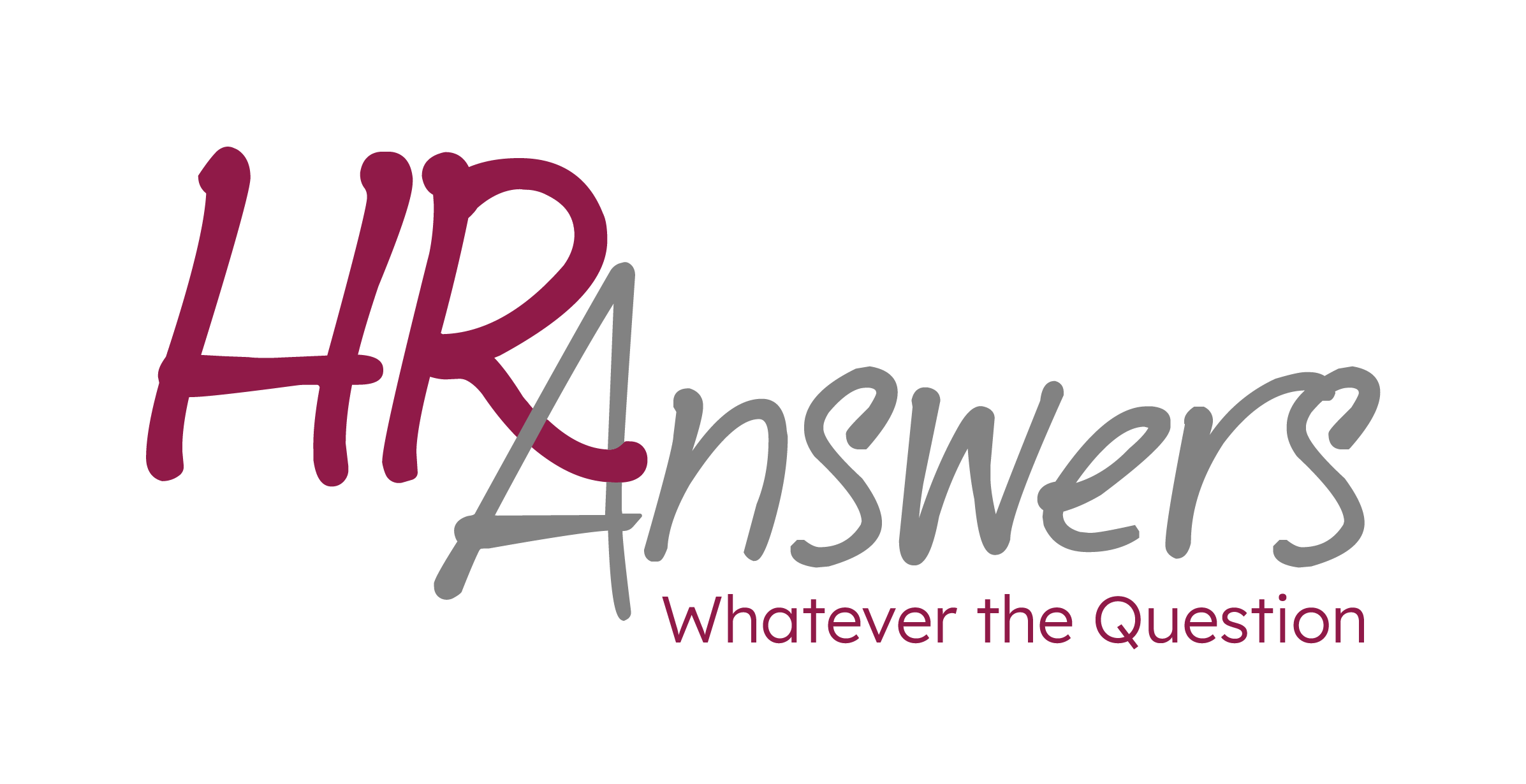The Social Circle Dilemma: A Consultant’s Chat on Handling Employees Who Feel Left Out
Client: Hey, I’ve got a bit of a tricky situation on my hands. Some employees have been coming to me, complaining that they’re being left out because they’re not invited to lunch or after-hours activities. Now they want me to fix it. What do I do?
Consultant: The “Why wasn’t I invited?” conundrum. It’s like being back in high school, except now you’re the principal, and everyone expects you to solve their social dilemmas. First, let me say, I feel for you. Navigating workplace dynamics can sometimes feel like you’re hosting a never-ending reality TV show.
Client: Thanks, I appreciate that. It’s just so awkward. I don’t want anyone to feel excluded, but I’m not sure how to handle something like this.
Consultant: Totally understandable. The first thing to remember is that while you can foster a positive work culture, you can’t force friendships. It’s not your job to make sure everyone is best buddies outside of work, and you do want to create an environment where everyone feels included and respected. So, let’s start by addressing the complaints.
Have an open conversation with the employees who feels left out. You might say, “I understand you’re feeling excluded, and that’s never a good feeling. Let’s talk about what’s happening and how we can ensure everyone feels welcome at work.” This shows that you’re taking their concerns seriously without promising to play social director.
Client: That makes sense. But what if they’re expecting me to make everyone hang out together?
Consultant: This is where you set some boundaries. You can explain that while you can encourage a welcoming work environment, after-hours activities are voluntary and not something you can or should control. You might say, “While I can’t dictate how people spend their time outside of work, I do want to make sure our work environment is inclusive and that everyone feels they can participate in group activities during work hours.”
This helps them understand the distinction between workplace inclusion and personal time. It also opens the door to discussing ways to make work-related activities more inclusive without stepping on anyone’s personal time.
Client: But what if they’re still upset about not being invited to lunch or happy hours? How do I keep this from becoming a bigger issue?
Consultant: If they’re still upset, it’s time to shift the focus to what can be done within the scope of the workplace. You could suggest organizing more inclusive events that happen during work hours, like team lunches or coffee breaks where everyone is invited. For example, you might say, “Let’s plan a monthly team lunch where everyone’s invited. That way, we can all spend time together and no one feels left out.”
This gives them a chance to participate in group activities without crossing into the territory of personal time. Plus, it’s a great way to build team cohesion. Just make sure these events are genuinely inclusive and that everyone knows they’re welcome.
Client: That sounds like a good idea. But what if the core issue is that certain people just don’t seem to click with the rest of the team?
Consultant: A “chemistry” problem. It’s true that not everyone will naturally click with everyone else, and that’s okay. It’s important to acknowledge this and help your employees understand that it’s not a reflection of their worth. You might say, “It’s normal for different people to have different interests and friendships, and that doesn’t mean you’re not valued as part of the team.”
Encourage them to communicate their desire to participate, find common ground with their coworkers, perhaps by suggesting they initiate some inclusive activities themselves. Maybe they can organize a game or a lunch where everyone’s invited, rather than waiting for an invitation. This not only empowers them it could help them take ownership of their social experience at work.
Client: But what if they just want me to fix it and don’t want to take any steps themselves?
Consultant: That’s where you need to gently remind them of the limits of your role. You can’t force friendships, and it’s not realistic to expect you to manage social dynamics outside of work. You might say, “I’m here to support you in feeling included at work, it’s also important for you to take some steps to build connections. I can help facilitate that, and it’s a two-way street.”
Encourage them to step out of their comfort zone a bit. It might feel uncomfortable at first, and it’s often the best way to build relationships. And who knows? They might find they have more in common with their coworkers than they realized.
Client: That’s a good point. But what if their complaints start affecting the team’s morale? I don’t want this to turn into a bigger issue.
Consultant: If it’s starting to affect the team’s morale, it’s time to address it head-on. Have a team meeting to reinforce the importance of inclusivity and respect within the workplace. You might say, “We all bring different strengths to the team, and it’s important that everyone feels respected and included at work. Let’s focus on making sure our work environment is positive for everyone.”
This sets the tone for how you expect the team to interact and shows that you’re committed to maintaining a healthy work culture. At the same time, encourage open communication and let everyone know they can come to you with concerns—just be clear that you expect those concerns to be constructive and focused on the work environment.
Client: What if they still feel like they’re being left out, even after all of this? Do I need to intervene more directly?
Consultant: If they still feel left out, it might be time for a one-on-one conversation to dig a little deeper. You could say, “I want to make sure you feel included and valued at work. Let’s talk about what specifically is making you feel left out and how we can address it together.”
Sometimes, it’s not really about the social activities, rather a deeper feeling of being undervalued or disconnected. If that’s the case, focus on finding ways to help them feel more engaged with their work and connected to the team during work hours. Maybe there’s a project they could lead or a role they could take on that would make them feel more integral to the team.
Client: That makes sense. So, it’s about balancing empathy with setting realistic expectations?
Consultant: Exactly. You want to show that you care about their feelings and want them to feel included, and you need to set boundaries about what you can control. The workplace should be inclusive and welcoming, after-hours activities are a personal choice. By fostering a positive work environment and encouraging inclusive activities during work hours, you’re doing your part. The rest is up to them.
Client: Thanks, this really helps. Any final words of wisdom?
Consultant: Just this: it’s important to remember that you can’t be everyone’s best friend, and you can’t force others to be, either. Your job is to create a positive, inclusive work environment where everyone feels respected and valued. If some employees want to socialize outside of work, that’s great. It’s not something you can—or should—control. Focus on making work a place where everyone feels like part of the team, and the rest will usually fall into place.
We are here to help anytime. Thanks for the conversation.


